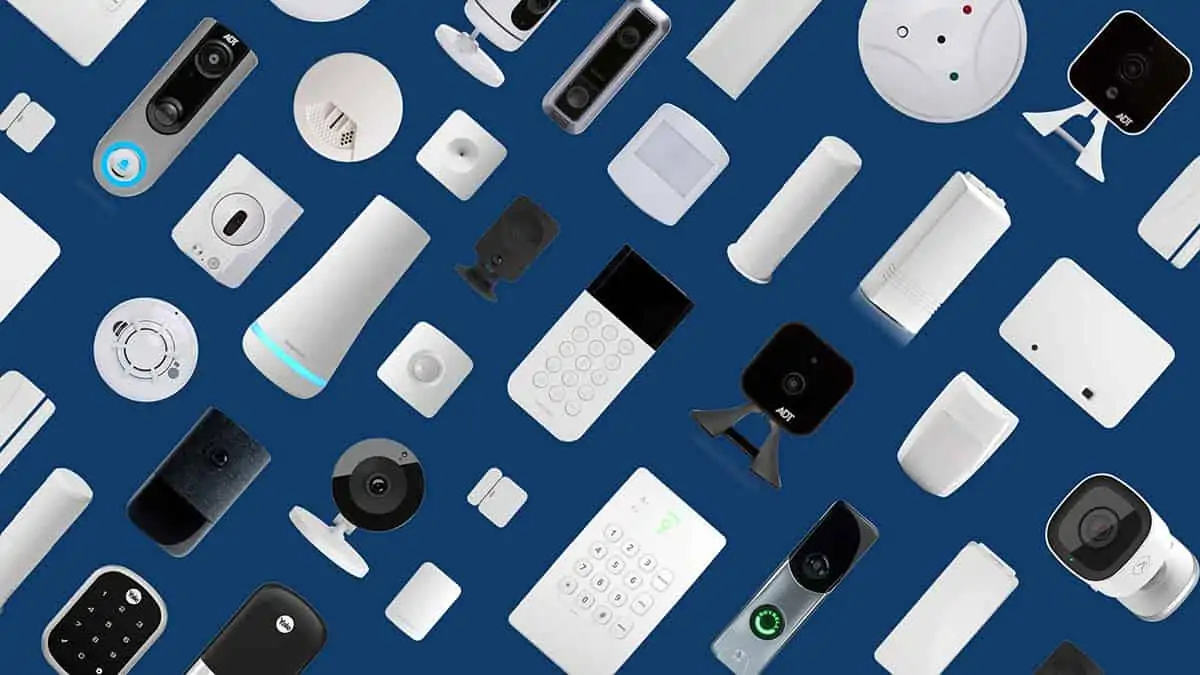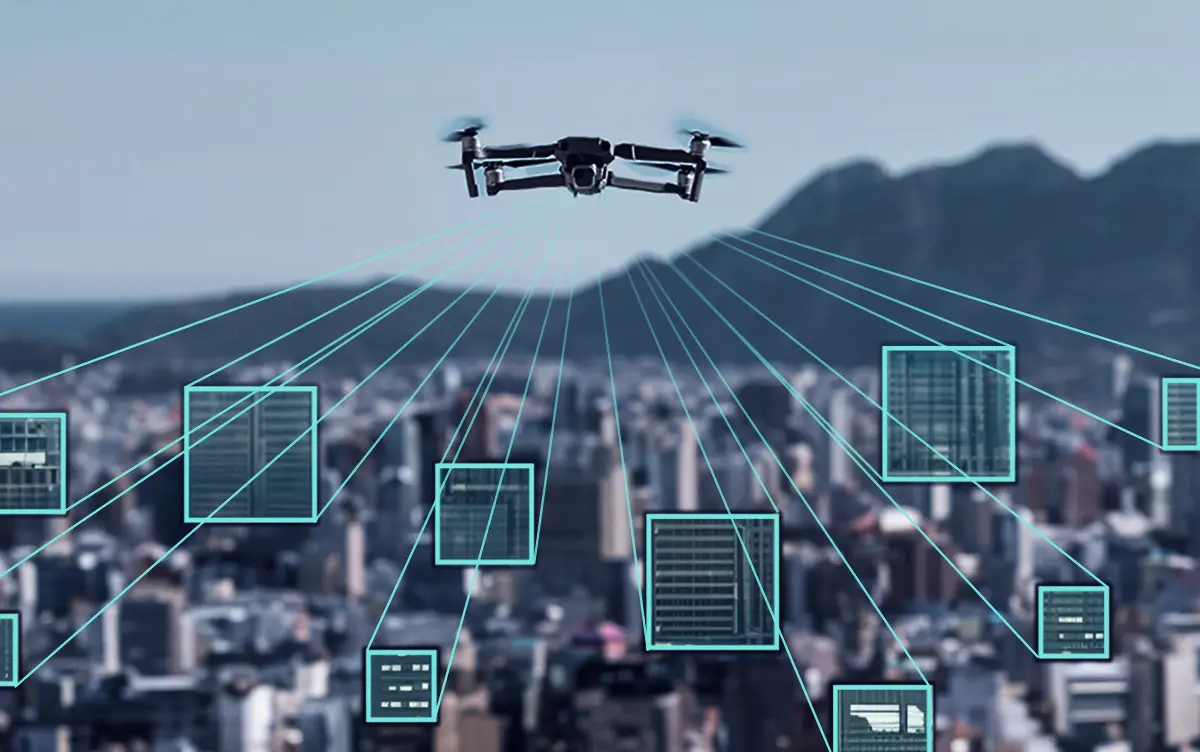Home security technology and innovations are continually being released to keep you and your loved ones secure. From constantly improving camera processors to more capable fire sensors, home security systems now feature advanced features that make them smarter than ever.
With summer vacation season fast approaching, investing in a smart home security system is an excellent way to protect your home while you’re away. These devices connect with internet-connected home gadgets to deliver convenience and energy savings – an investment worthy of consideration by any homeowner.
HD Cameras
HD cameras can provide an effective means of monitoring your home and property as well as helping to deter theft and burglary.
These systems can also help protect your property against fires and medical emergencies, providing notifications whenever an incident arises. With smartphone integration capabilities, alerts will also be sent directly to you whenever an emergency situation arises.
These cameras provide a useful way to keep an eye on children or elderly relatives at home. Many offer motion detection features which can differentiate between people, animals and cars moving about the room.
However, to view HD footage you must first have an appropriate monitor. Without one however you may still see images from an HD camera at lower resolutions.
Self-Monitoring
Self-monitoring is one of the latest home security technology innovations that allows individuals to monitor their own behaviors, such as tone raising, social cues, eating habits, mood-related behavior and more.
Self-monitoring can help clients improve their lives through changing their habits, such as dealing with alcohol or drug dependency. Self-monitoring could provide the tools to identify and address such problems more efficiently.
Self-monitoring can also be useful if someone has been diagnosed with depression or anxiety. They can use self-monitoring to better understand their thoughts, feelings and physical symptoms so they can get additional assistance for these conditions.
Self-monitoring systems offer many advantages over professional monitoring systems, including being much less expensive. Many even come without monthly fees and include video storage and mobile alerts.
Radar Sensors
Radar sensors use radio waves to detect objects and people. This technology has many uses in smart homes and wearable devices.
These sensors can be seamlessly incorporated into a variety of products, such as autonomous cars and smart buildings, thanks to being small, low power devices that can easily integrate with product designs.
Radar technology can also be utilized to monitor health conditions like breathing or heart rate. Nursing homes, elderly care facilities and hospitals can use radar systems to keep an eye on the residents in their care and ensure they remain healthy.
Radar systems can be deployed in a wide variety of environments and settings, from dark rooms and foggy weather conditions to plastic materials like bottles.
Smart Audio Sensors
Smart Audio Sensors like the Rhombus A100 go beyond simply passively recording sound; they actively engage and respond by broadcasting pre-recorded messages based on camera, sensor, integration events or two-way conversations; as well as initiating events triggered by such events.
Home security systems that utilize sensors and mobile connectivity have quickly become the new norm. Door and window sensors let you know when people enter or leave your home; motion and sound sensors monitor inside and outside areas; while some even turn lights on or off based on movement detection.
Many home security systems feature cameras capable of recording and analyzing 2D and 3D motion, enabling you to monitor what’s happening around your home. They’re an integral component of any good security system, and each year their capabilities improve further.




